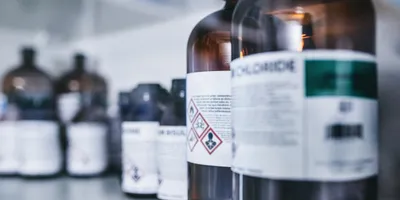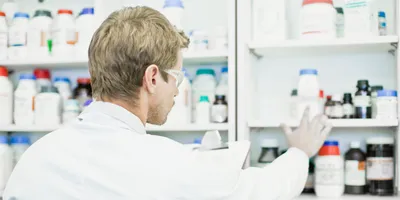The pursuit of greener energy also requires efficient rechargeable batteries to store that energy. While lithium-ion batteries are currently the most widely used, all-solid-state sodium batteries are attracting attention as sodium is far more plentiful than lithium. This should make sodium batteries less expensive, and solid-state batteries are thought to be safer, but processing issues mean mass production has been difficult.
Osaka Metropolitan University Associate Professor Atsushi Sakuda and Professor Akitoshi Hayashi, both of the Graduate School of Engineering, led a research team in developing a process that can lead to mass synthesis for sodium-containing sulfides. The results were recently published in Energy Storage Materials and Inorganic Chemistry.
Using sodium polysulfides (sulfides with two or more atoms of sulfur) as both the material and the flux, which promotes fusion, the team created a solid sulfide electrolyte with the world’s highest reported sodium ion conductivity—about 10 times higher than required for practical use—and a glass electrolyte with high reduction resistance.
Mass synthesis of such electrolytes with high conductivity and formability is key to the practical use of all-solid-state sodium batteries.
“This newly developed process is useful for the production of almost all sodium-containing sulfide materials, including solid electrolytes and electrode active materials,” Professor Sakuda said. “Also, compared to conventional methods, this process makes it easier to obtain materials that display higher performance, so we believe it will become a mainstream process for the future development of materials for all-solid-state sodium batteries.”
- This press release was originally published on the Osaka Metropolitan University website and has been edited for style and clarity










